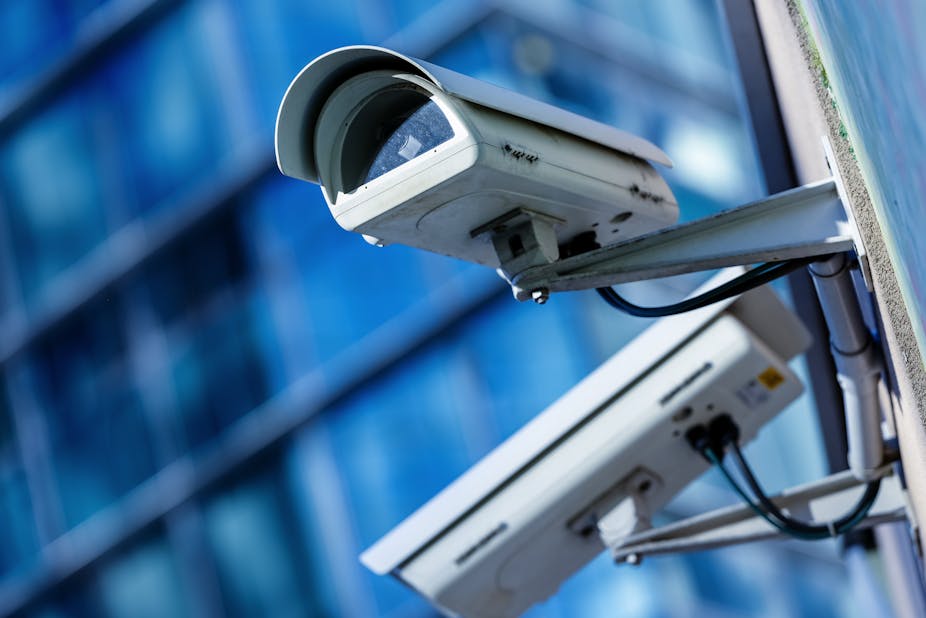Enhancing CCTV Images

Utilizing computer-enhanced composite to combine multiple poor quality CCTV images as one, could improve the accuracy of facial recognition systems in the identification of criminal suspects. Researchers in the universities of Lincoln and York, both in the UK, and the University of New South Wales in Australia have developed a picture serial using a 'face averaging' technique; a method that digitally ‘adds-up’ multiple images into a single enhanced image while removing variants such as head angles or lighting in order to identify the target: the remaining person.
Researchers compared the effectiveness of humans and computer facial recognition systems in the identification of people from high-quality images, pixelated images, and face averages. More specifically, study participants were asked to compare a high-quality image with either a low-quality pixelated image or one created using the developed from an averaging method. Findings showed that both people and computer systems were better at identifying a face when viewing an average image consisting of a combination of multiple pixelated images in comparison to the original poor-quality images.

Additionally, the findings of the study allow the image averaging method to offer a standardized of using images captured from multiple CCTV cameras in creating a digital snapshot which is better recognized by both people and computer software systems. “We know that not all CCTV systems have the luxury of high quality cameras, meaning that face identifications are often being made from poor quality images,” explains study leader Dr. Kay Ritchie from the University of Lincoln's School of Psychology. “We have shown that there is a relatively quick and easy way to improve pixelated images of someone's face. We also know anecdotally that there are lots of different techniques that people can use as investigative tools to improve low-quality images, such as manipulating brightness. Our standardized face averaging method could help in suspect identification from low-quality CCTV footage where images from multiple different cameras are available, for example, from tracking a suspect along a particular route."
Source: Applied Cognitive Psychology








